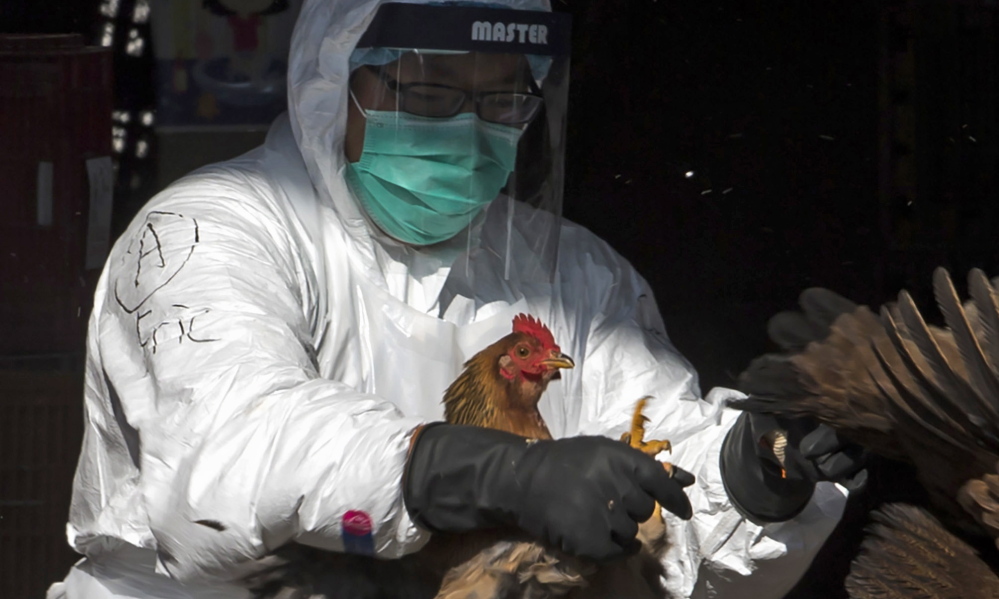The virus causing a second wave of bird flu across China has mutated frequently and “should be considered as a major candidate to emerge as a pandemic strain in humans,” researchers reported Wednesday.
While it is much too early to predict whether that might happen, one of the scientists said in an interview, there is cause for alarm because the H7N9 virus jumps to humans more quickly than its predecessors and previously has been found in mammals.
“This virus is more dangerous,” said Yi Guan of the University of Hong Kong, one of the authors of a research letter published online Wednesday in the journal Nature.
It’s not clear why the outbreak, which began in late 2013, has re-emerged after fading. But by September 2014, it had infected 318 people and killed more than 100 of them, twice as many as the first wave, the scientists reported. Many people suffer severe pneumonia if infected by this flu, which also has spread to China, Taiwan, Hong Kong, Malaysia and Canada, according to the World Health Organization.
“What we don’t know from this paper is the significance of all these mutations that are accumulating as the virus persists and spreads,” Wendy Barclay, an expert in flu virology at Britain’s Imperial College London, told Reuters. “This is especially relevant for human health – does any of this change the pandemic potential of the virus?”
Another variant of bird flu, H5N1, has resulted in nearly 650 human cases in 15 countries since 2003.
Also Wednesday, the U.S. government said it had found a case of a different bird flu in Arkansas, part of an outbreak that appears to be spreading from commercial turkey flocks in Missouri and Minnesota. The H5N2 strain of avian influenza has not been found in humans and the risk to people is considered low.
Send questions/comments to the editors.



Success. Please wait for the page to reload. If the page does not reload within 5 seconds, please refresh the page.
Enter your email and password to access comments.
Hi, to comment on stories you must . This profile is in addition to your subscription and website login.
Already have a commenting profile? .
Invalid username/password.
Please check your email to confirm and complete your registration.
Only subscribers are eligible to post comments. Please subscribe or login first for digital access. Here’s why.
Use the form below to reset your password. When you've submitted your account email, we will send an email with a reset code.